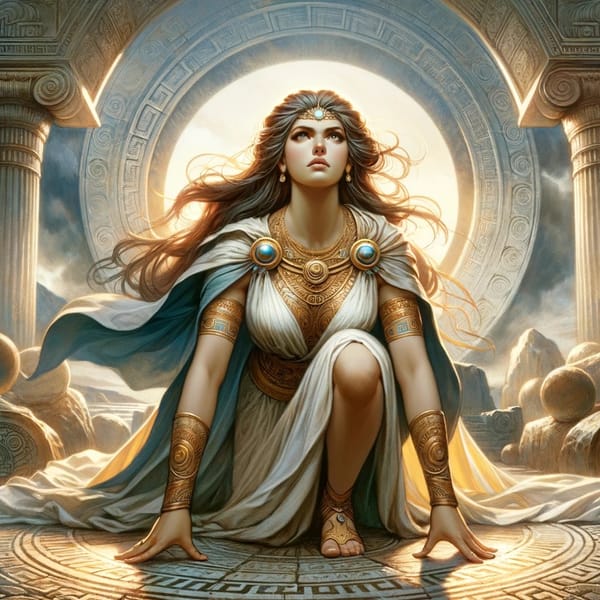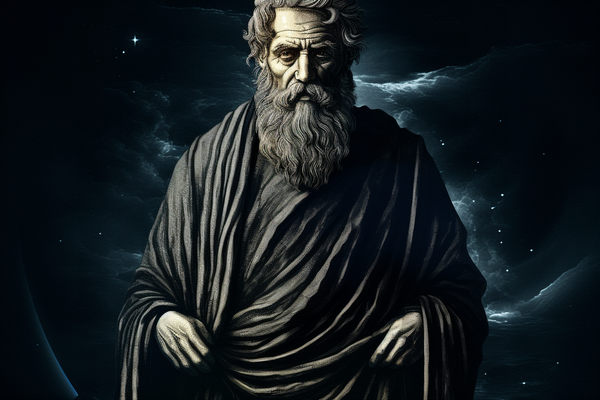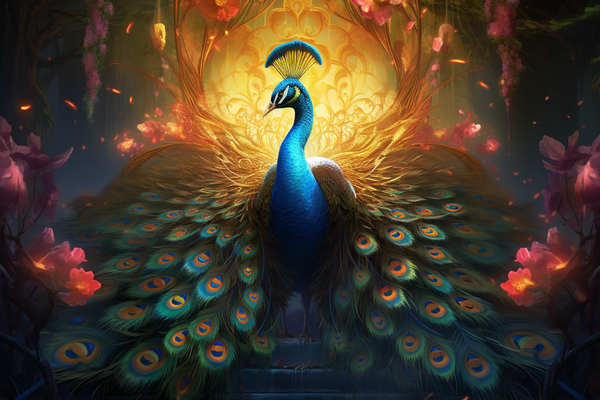A Timeline of Bangladesh
A broad timeline of Bangladesh

Prehistoric Era (Before 1000 BC)
Evidence suggests early human settlements in the region, with archaeological sites revealing tools, pottery, and remnants of ancient communities. The fertile plains of the Bengal delta made it conducive for early agriculture and settlements.
Vedic & Early Hindu Period (circa 1500 BC - 500 BC)
The region became part of the broader cultural milieu of the Indian subcontinent during the Vedic period. Early Hindu scriptures mention places that can be identified with regions in present-day Bangladesh. The society was characterized by early Vedic rituals, practices, and the establishment of small city-states.
Maurya & Gupta Dynasties (circa 320 BC - 550 AD)
The Bengal region came under the influence of the Maurya Empire, one of ancient India's largest empires. Ashoka, a notable Mauryan ruler, left inscriptions that mention this region. Following the Mauryas, the Gupta Empire extended its influence over Bengal, marking a golden age of arts, sciences, and literature.
Pala Empire (circa 750 AD - 1150 AD)
Originating in the Bengal region, the Pala Empire became a dominant force in the northern and eastern parts of the Indian subcontinent. Under the Palas, Bengal became a major center for Buddhist learning, art, and culture. Universities like Vikramashila and Somapura Mahavihara flourished, attracting scholars from various parts of Asia.
Sen Dynasty (circa 1070 AD - 1230 AD)
Following the decline of the Palas, the Sen Dynasty established its rule over Bengal. They were known for their patronage of Hinduism, and during their reign, the region saw a resurgence of Hindu art, culture, and temple construction.
Islamic Sultanates (1200-1576 AD)
Starting in the 13th century, Bengal witnessed the establishment of various Islamic sultanates. The region became a center of trade, culture, and Islamic scholarship. Cities like Dhaka and Chittagong flourished during this era.
Mughal Era (1576-1757 AD)
Bengal became a province of the vast Mughal Empire. This period saw significant architectural, cultural, and economic developments. The region became known for its textile industry, especially the production of muslin.
Colonial Period (1757-1947 AD)
Following the Battle of Plassey in 1757, Bengal came under British East India Company control. The region faced significant challenges, including famines and economic exploitation. However, it also became a center for education, culture, and the early nationalist movement against British rule.
Partition & East Pakistan Era (1947-1971 AD)
After the partition of British India in 1947, Bengal was divided, and the eastern part became East Pakistan. The period was marked by linguistic, cultural, and political tensions with West Pakistan.
Liberation War & Independence (1971)
Growing discontent and political movements culminated in the Bangladesh Liberation War in 1971. After a nine-month-long conflict, Bangladesh emerged as an independent nation.
Modern Bangladesh (1971-Present)
Post-independence, Bangladesh faced challenges including political instability, natural disasters, and economic hurdles. However, the nation has made significant strides in recent decades, with improvements in education, health, and economic growth. Contemporary Bangladesh is known for its rich cultural heritage, contributions to arts and literature, and its role in global diplomacy.





